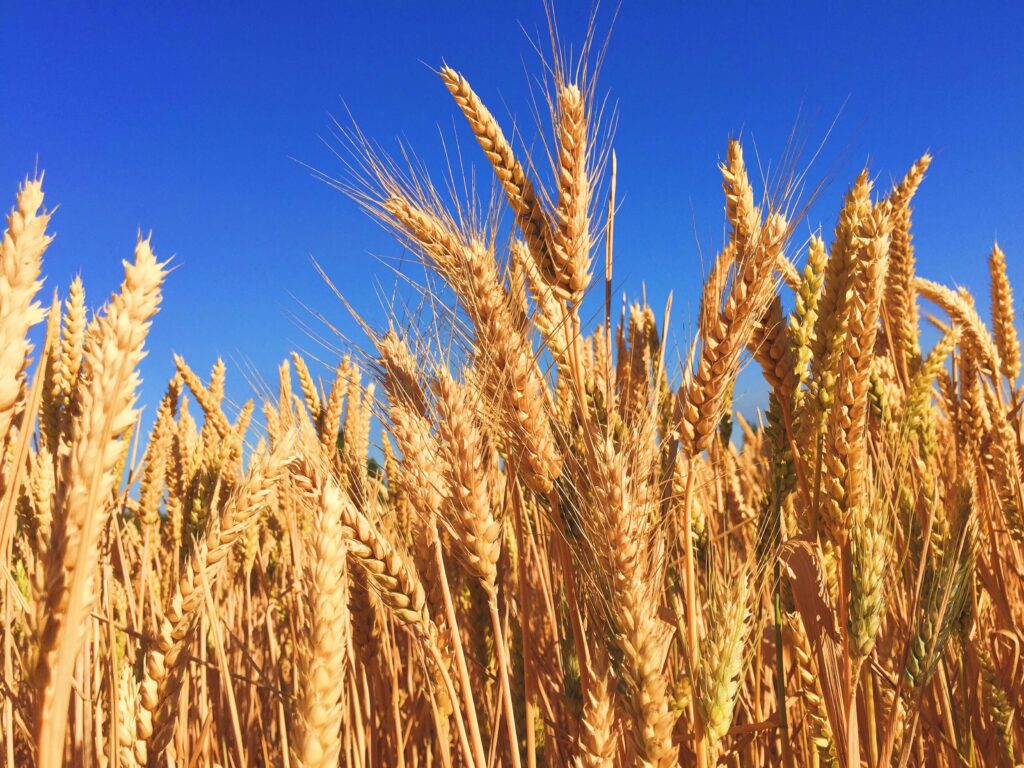Milk is an essential part of the Pakistani diet, providing a rich source of nutrients, including calcium, protein, and vitamins. As the demand for milk and dairy products continues to grow, it’s crucial to examine the factors that affect milk prices in Pakistan. This blog post will discuss the dairy industry, milk production, consumption patterns, types of milk available, and government policies influencing milk prices in the country.
Milk Price Trends in Pakistan
Contents
Last Updated on Aug 1, 2023. We want to make sure you have the most up-to-date information on prices.
Over the past few years, milk prices in Pakistan have experienced a steady increase. As of Aug 1, 2023, the average milk price in Pakistan is PKR 210 per liter. Comparing milk prices with neighboring countries like India and Bangladesh reveals similar trends, with factors like inflation, production costs, and global market dynamics playing significant roles in determining prices.
Milk Production in Pakistan
Pakistan is among the top milk-producing countries globally, with the dairy industry playing a vital role in the economy. Punjab and Sindh provinces contribute the most to milk production, with small and large-scale farmers utilizing local cow and buffalo breeds. The industry faces challenges, such as low productivity and inadequate infrastructure, which impact milk prices.
Milk Consumption in Pakistan
The average Pakistani consumes around 230 liters of milk per year. Milk consumption is associated with numerous health benefits, including bone development, muscle growth, and immunity support. Due to cultural preferences and affordability, most households consume fresh, unprocessed milk from local producers.
Find out more about the prices of other food items by checking out our Honey Prices article.
Types of Milk Available in Pakistan
Several types of milk are available in Pakistan, including local fresh milk, imported milk, pasteurized milk, ultra-high temperature (UHT) treated milk, and powdered milk. While local fresh milk is the most popular, there is a growing demand for processed milk products due to concerns about hygiene and contamination.
Factors Affecting Milk Prices in Pakistan
Milk prices in Pakistan are influenced by various factors, such as production costs, seasonal fluctuations, and supply and demand dynamics. Feed and fuel prices, labor costs, and transportation expenses all contribute to the cost of production. Seasonal variations in milk supply and demand can also lead to price fluctuations.
Government Policies on Milk Prices
The Pakistani government enforces price control mechanisms to ensure the affordability of essential commodities like milk. The government sets the minimum and maximum milk prices, provides subsidies to dairy farmers, and imposes taxes on imported milk products. These measures aim to protect consumers and support the local dairy industry.
Impact of Inflation on Milk Prices
Inflation affects milk prices in Pakistan, as it does with other essential commodities. As the cost of production increases due to rising input costs, these expenses are often passed on to consumers in the form of higher milk prices. Consumers can cope with rising milk prices by seeking lower-priced alternatives or adjusting their consumption habits.
Conclusion
Milk prices in Pakistan are subject to various factors, including production costs, seasonal fluctuations, government policies, and inflation. As the demand for milk and dairy products continues to grow, understanding these factors can help consumers make informed decisions and policymakers develop strategies to support the dairy industry and ensure affordable milk prices for everyone.



